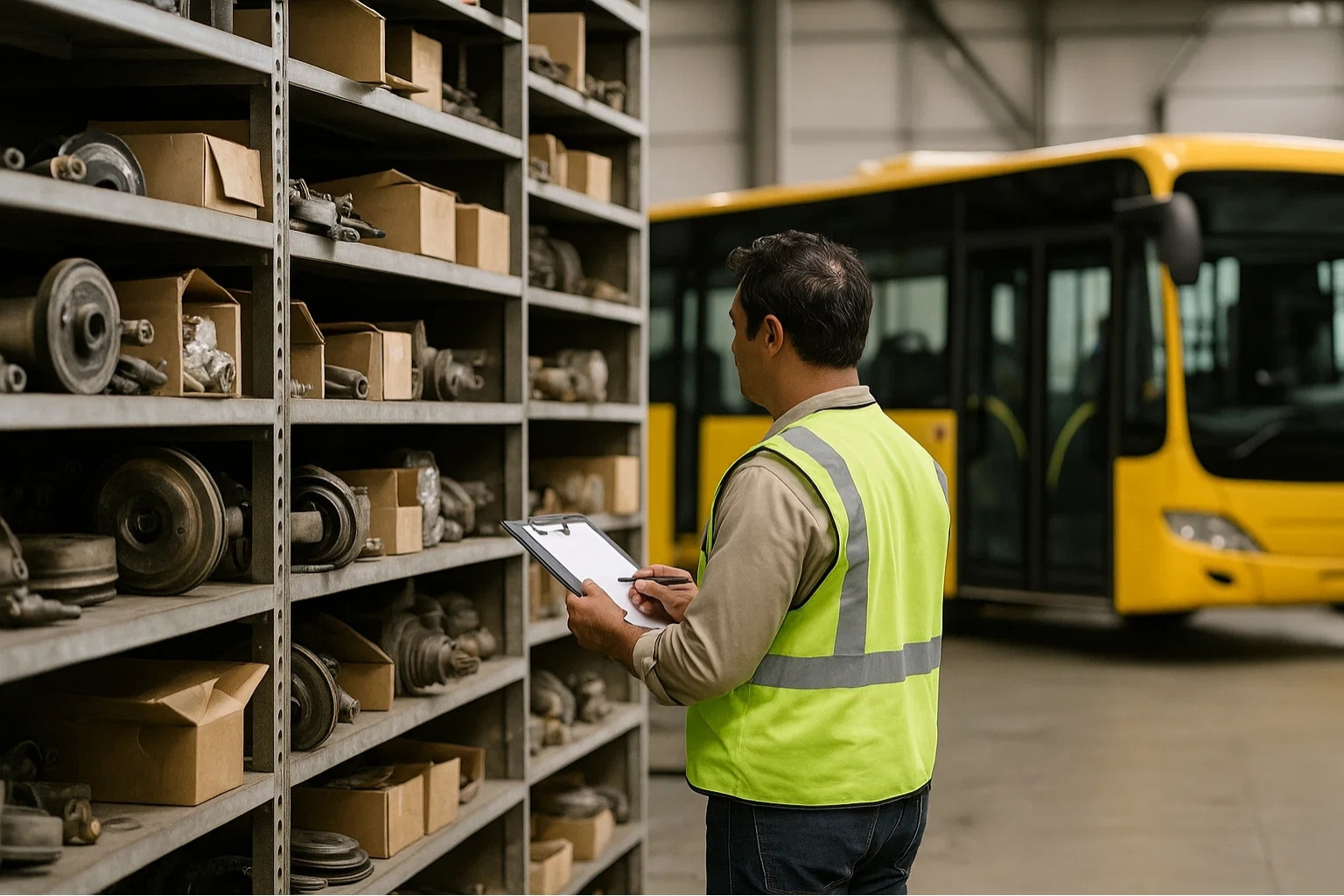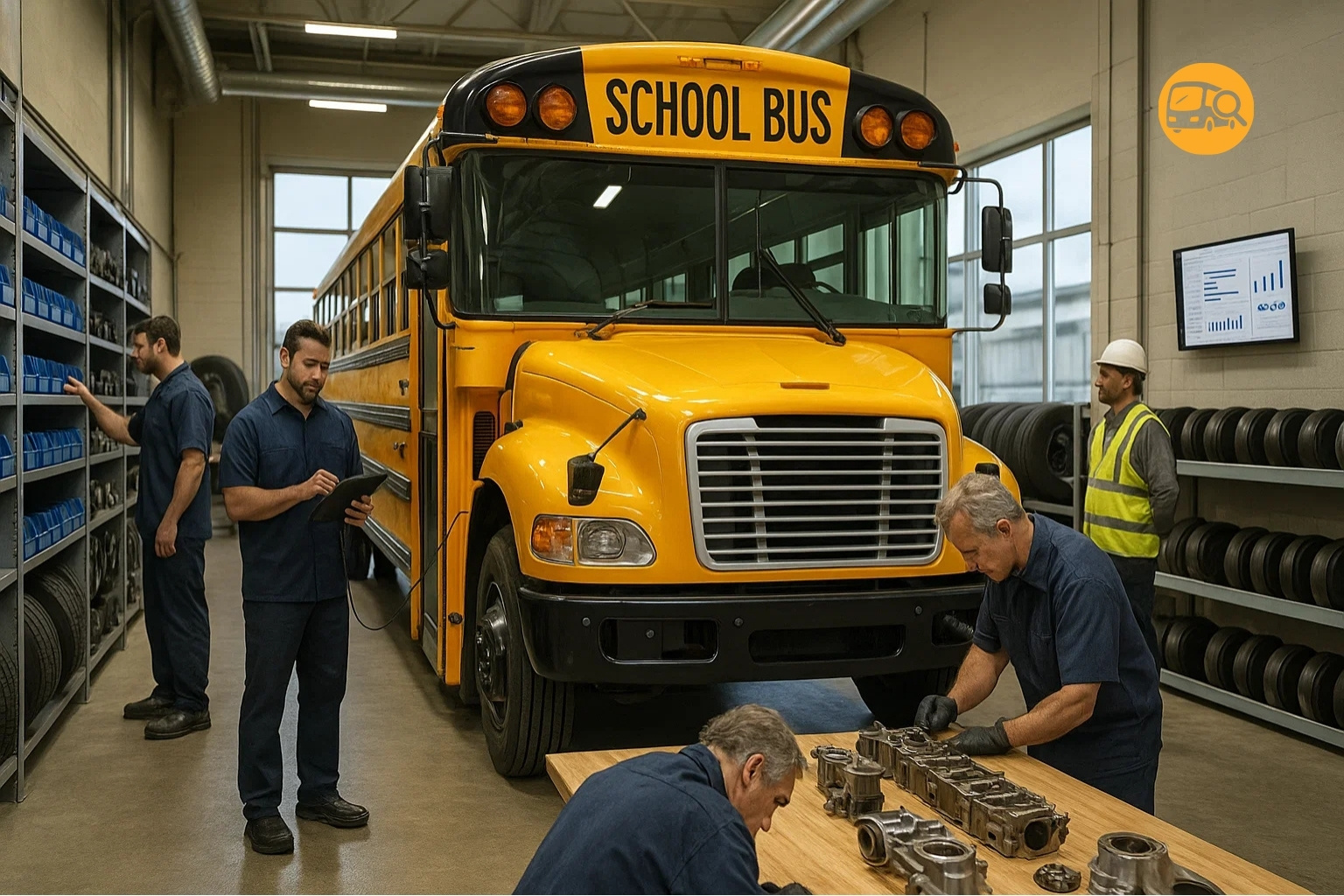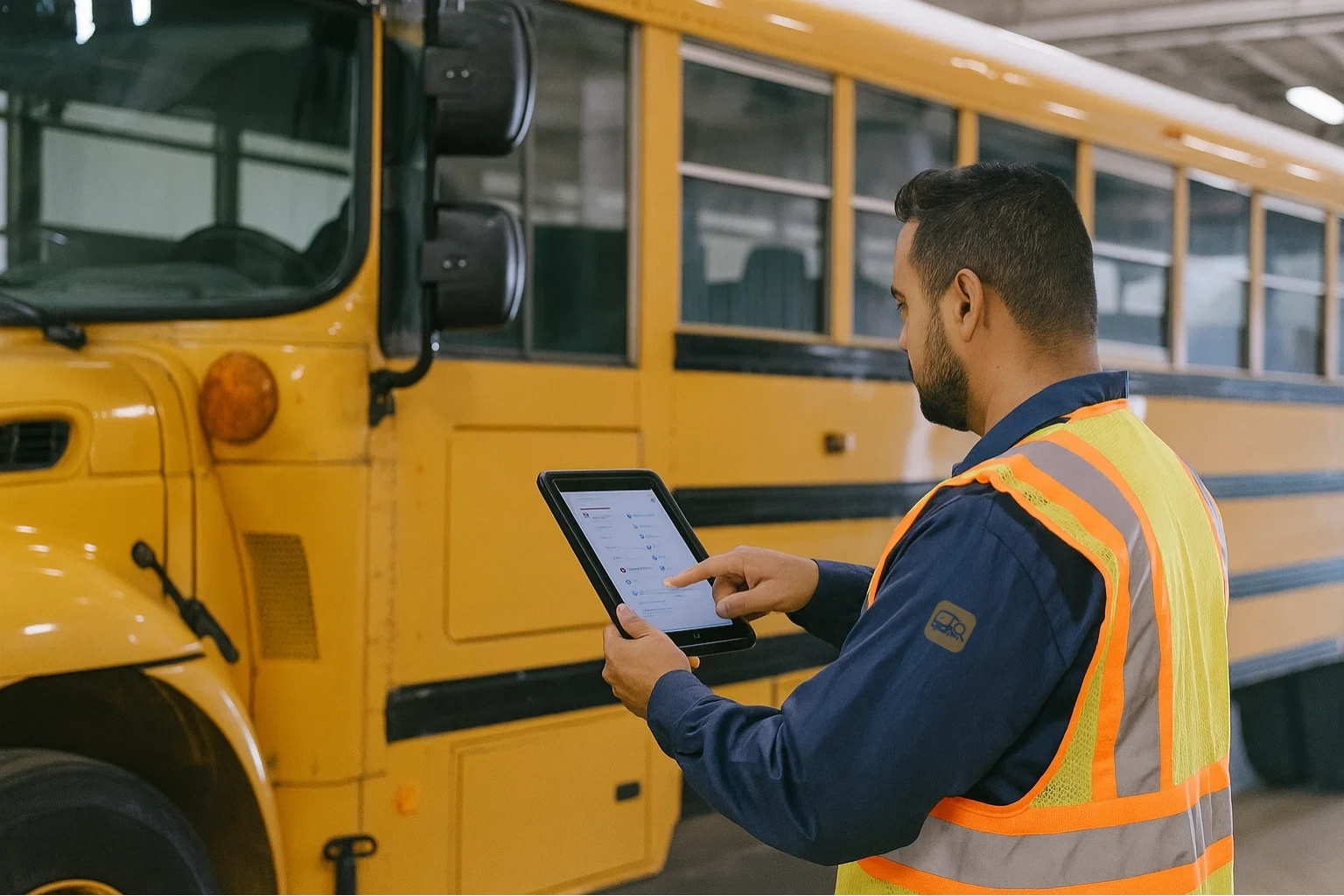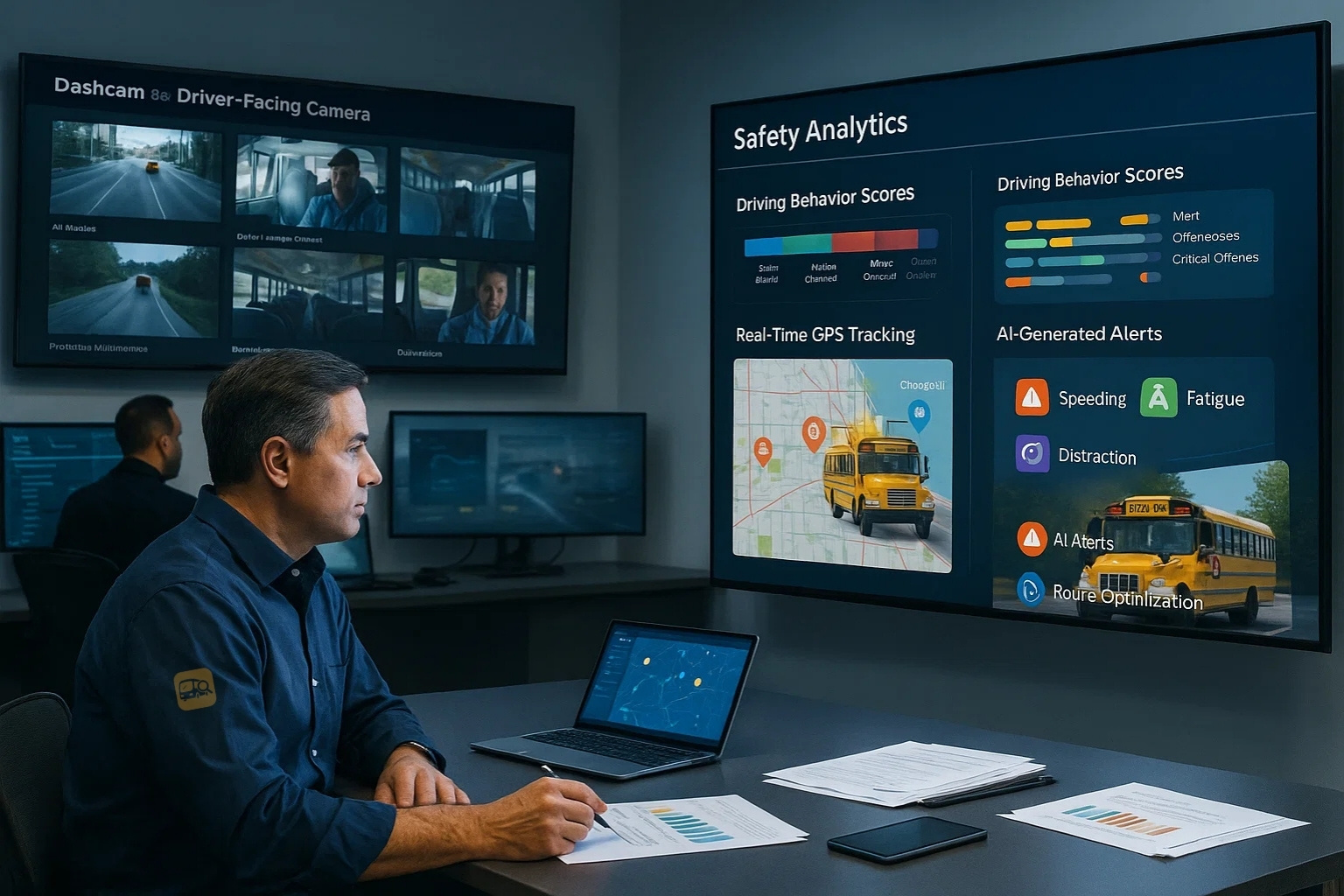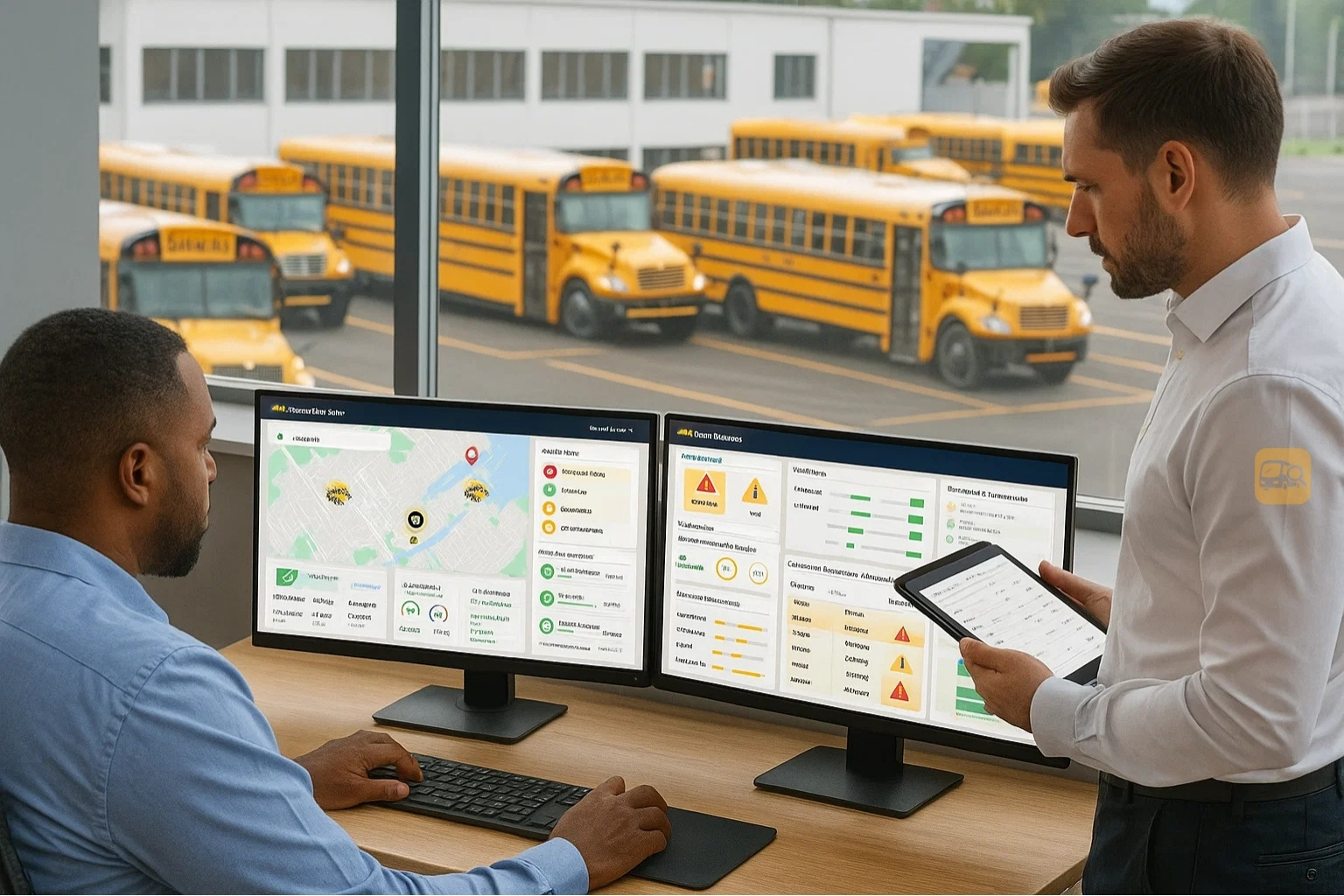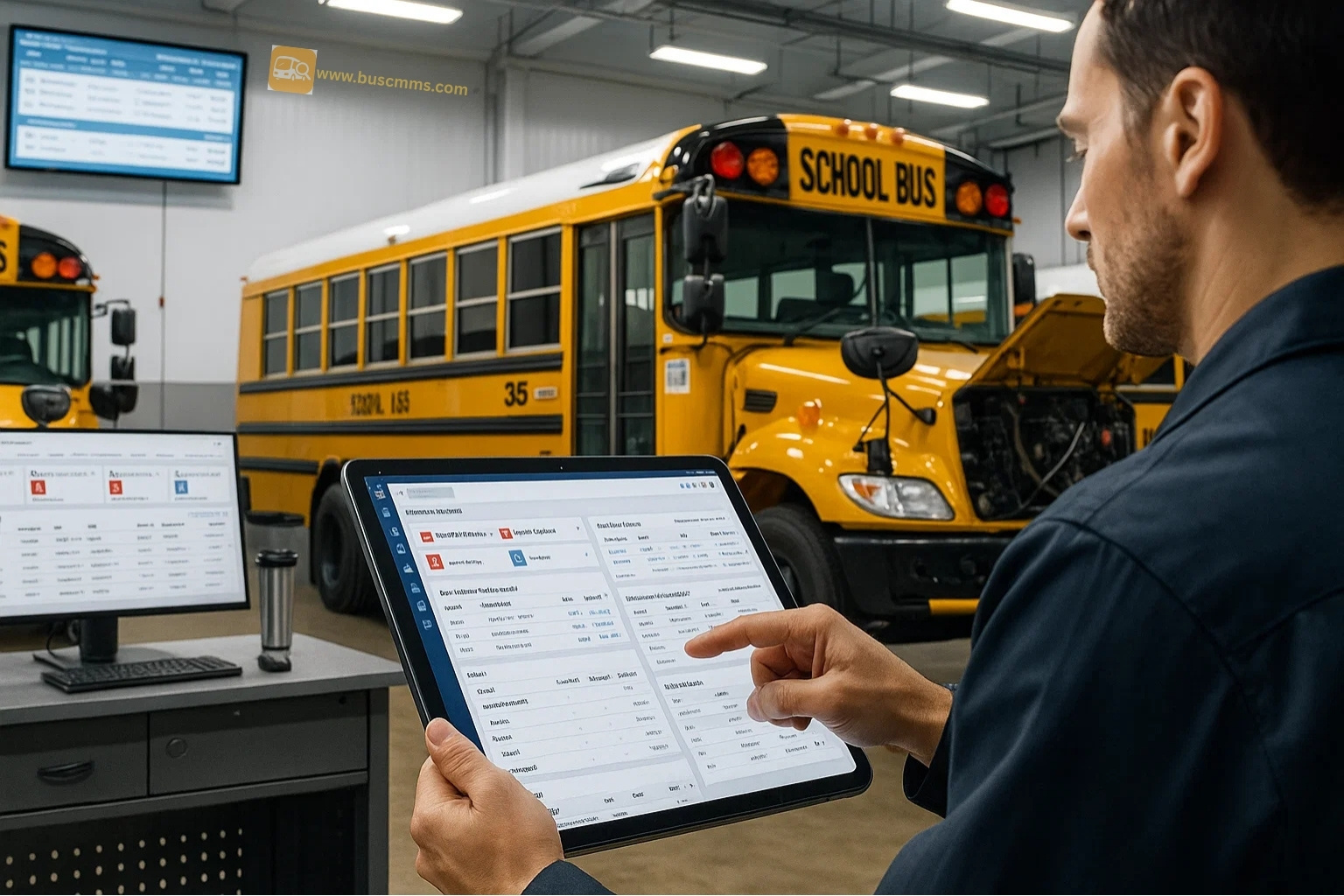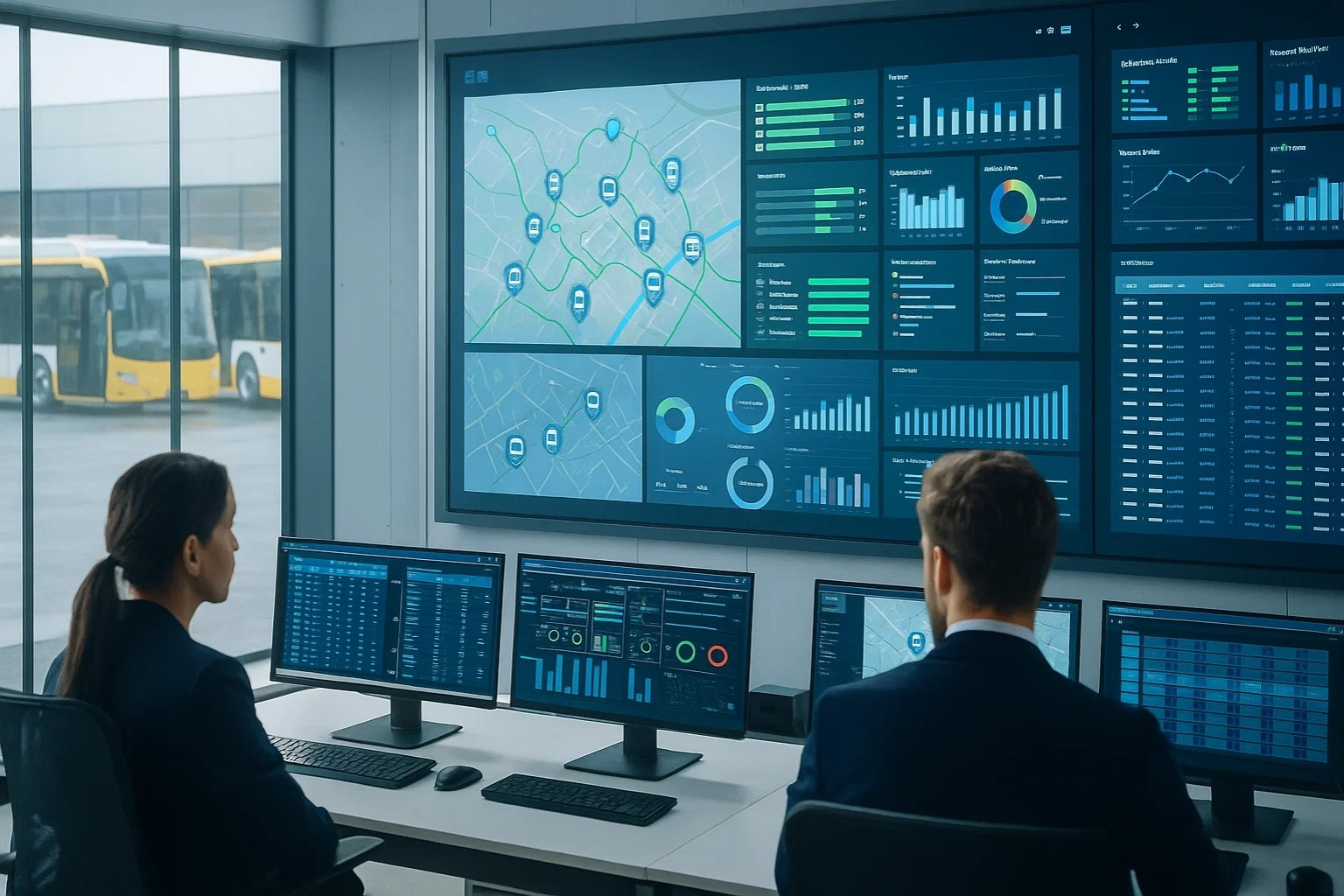Managing a tour and sightseeing bus fleet presents unique challenges that go far beyond typical transportation operations. Your vehicles carry precious cargo—tourists experiencing once-in-a-lifetime adventures—while operating on demanding schedules across diverse terrains and weather conditions. A single breakdown doesn't just cost money; it can devastate customer experiences, damage your reputation and create cascading operational nightmares.
Enter Computerized Maintenance Management Systems (CMMS)—the game-changing technology that's revolutionizing how smart fleet managers optimize their operations. From predictive maintenance that prevents roadside emergencies to comprehensive cost tracking that boosts profitability, CMMS software transforms reactive maintenance headaches into proactive operational excellence.
Preventive Maintenance: Your Fleet's Insurance Policy
The foundation of any successful tour bus operation lies in preventive maintenance—and this is where CMMS software truly shines. Unlike traditional paper-based systems or spreadsheet tracking, modern CMMS platforms automatically schedule maintenance based on multiple factors: mileage, engine hours, calendar intervals, and even seasonal considerations specific to tour operations.
Smart Scheduling That Adapts to Your Business
Tour buses face dramatically different usage patterns compared to standard transit vehicles. During peak tourist seasons, your buses might log 300+ miles daily across mountainous terrain, while off-season periods see lighter suburban routes. A sophisticated CMMS learns these patterns and adjusts maintenance schedules accordingly, ensuring your fleet receives the right care at the right time.
Component-Specific Tracking
Modern tour buses are complex machines with hundreds of components requiring different maintenance intervals. CMMS software tracks everything from air conditioning systems (critical for passenger comfort) to brake components (essential for mountain descents) and transmission services (vital for stop-and-go city touring). This granular tracking ensures nothing falls through the cracks.
Real-Time Fleet Monitoring and Diagnostics
The most advanced CMMS platforms integrate with modern bus telematics systems, creating a powerful real-time monitoring network. This integration transforms your maintenance approach from reactive to predictive, catching potential issues before they strand tourists on remote mountain roads or in busy downtown districts.
Predictive Analytics in Action
When integrated with vehicle sensors, CMMS software can monitor engine temperature patterns, brake wear indicators, transmission fluid conditions, and dozens of other critical parameters. The system learns your fleet's normal operating patterns and alerts you when readings deviate from baseline performance—often weeks before a component failure would occur.
For tour operators, this capability is invaluable. Imagine receiving an alert that Bus #7's transmission temperatures are running 15% higher than normal during hill climbs. Instead of waiting for a costly transmission failure during peak season, you can schedule proactive service during a slower period, keeping your revenue-generating capacity intact.
Cost Management and ROI Optimization
Every successful tour operator knows that controlling maintenance costs directly impacts profitability. CMMS software provides unprecedented visibility into your maintenance spending patterns, helping identify cost-saving opportunities and justify equipment investments with hard data.
Comprehensive Cost Tracking
Beyond simple parts and labor tracking, modern CMMS platforms capture the true cost of maintenance activities. This includes indirect costs like bus downtime, replacement vehicle rental fees, tour cancellations, and customer compensation. With this complete picture, fleet managers can make informed decisions about repair versus replacement timing.
Vendor and Parts Management
Tour bus fleets often work with multiple service providers—dealership service centers for warranty work, independent shops for routine maintenance, and specialized vendors for tour-specific equipment like PA systems or wheelchair lifts. CMMS software centralizes vendor management, tracking performance metrics, warranty periods, and preferred pricing agreements.
Regulatory Compliance and Safety Standards
The tour bus industry operates under strict safety regulations from the Department of Transportation, state authorities, and local jurisdictions. Compliance isn't optional—violations can result in hefty fines, operational shutdowns, and devastating liability exposure. CMMS software transforms compliance from a paperwork burden into an automated advantage.
Automated Compliance Tracking
Modern CMMS platforms maintain detailed maintenance records required for DOT inspections, automatically tracking safety-critical components like braking systems, steering mechanisms, and emergency exits. The software generates compliance reports instantly, eliminating the frantic paperwork scramble when inspectors arrive.
Beyond basic record-keeping, advanced CMMS systems alert managers to approaching inspection deadlines, expiring certifications, and overdue safety-related maintenance. This proactive approach ensures your fleet never operates outside compliance windows.
Operational Efficiency and Customer Experience
In the tour industry, customer experience is everything. A breakdown during a wedding party's wine tour or a senior group's historical excursion doesn't just cost money—it destroys special memories and generates negative reviews that can damage your business for years.
Maximizing Fleet Availability
CMMS software optimizes maintenance scheduling around your operational calendar. The system considers seasonal demand patterns, special events, and revenue per vehicle when scheduling non-critical maintenance. High-earning vehicles get priority scheduling during off-peak hours, while lower-utilization buses handle routine maintenance during busy periods.
Smart CMMS platforms also optimize parts inventory, ensuring critical components are always in stock while minimizing carrying costs for slow-moving items. This balance reduces maintenance delays and controls working capital requirements.
Book a Demo
Implementation Success Strategies
Successfully implementing CMMS in your tour bus operation requires careful planning and stakeholder buy-in. The most successful deployments follow a structured approach that minimizes operational disruption while maximizing user adoption.
Data Migration and Setup
Start by auditing your existing maintenance records, even if they're scattered across multiple systems. Modern CMMS platforms can import data from spreadsheets, legacy software, and even paper records through digital scanning. The key is establishing a complete baseline of each vehicle's maintenance history.
During setup, configure the system to match your operational reality. This includes defining your route types (city tours versus mountain excursions), maintenance categories (preventive, corrective, emergency), and reporting structures that align with your management hierarchy.
Staff Training and Change Management
The most sophisticated CMMS software is worthless if your team doesn't use it effectively. Successful implementations invest heavily in training programs that go beyond basic software navigation. Train mechanics on mobile apps for real-time updates, dispatchers on work order management, and managers on analytics and reporting functions.
Measuring Success and Continuous Improvement
CMMS implementation isn't a one-time project—it's an ongoing process of optimization and refinement. The most successful tour operators establish key performance indicators (KPIs) and regularly review system data to identify improvement opportunities.
Essential Performance Metrics
Track metrics that directly impact your bottom line and customer satisfaction. Vehicle availability percentages show how well maintenance scheduling supports revenue generation. Mean time between failures (MTBF) indicates the effectiveness of your preventive maintenance programs. Cost per mile metrics reveal spending efficiency trends across your fleet.
Customer-facing metrics are equally important. Monitor tour cancellation rates due to vehicle issues, customer complaint patterns related to vehicle comfort or reliability, and on-time performance statistics. These metrics help quantify the customer experience benefits of effective maintenance management.
Conclusion: The Future of Tour Bus Fleet Management
The tour and sightseeing industry is evolving rapidly, with increasing customer expectations, stricter safety regulations, and intensifying competition. Fleet operators who embrace CMMS technology gain significant competitive advantages through reduced operating costs, improved reliability, and enhanced customer experiences.
Modern CMMS software transforms maintenance from a necessary expense into a strategic advantage. By preventing breakdowns, optimizing costs, ensuring compliance, and maximizing fleet availability, these systems directly contribute to profitability and customer satisfaction.
The question isn't whether your tour bus operation needs CMMS—it's whether you can afford to operate without it. As the industry continues evolving toward more sophisticated operational standards, fleet managers who implement comprehensive maintenance management systems today will be best positioned for tomorrow's challenges and opportunities.
Don't let maintenance issues derail your passengers' dream experiences or your business success. Invest in CMMS technology and transform your tour bus fleet into a reliable, profitable, and customer-focused operation that stands apart from the competition.


